About
In this ultimate trip planning guide, we will provide tips and tricks to help you prepare for your perfect trip. From packing lists to budgeting advice, we’ll cover everything you need to know to make your vacation unforgettable.
We’ll also provide top tips from our personal experience of being on the road as digital nomads for over three years, so you can enjoy stress-free travel planning and have a hassle-free journey!
So get ready – your perfect trip awaits!
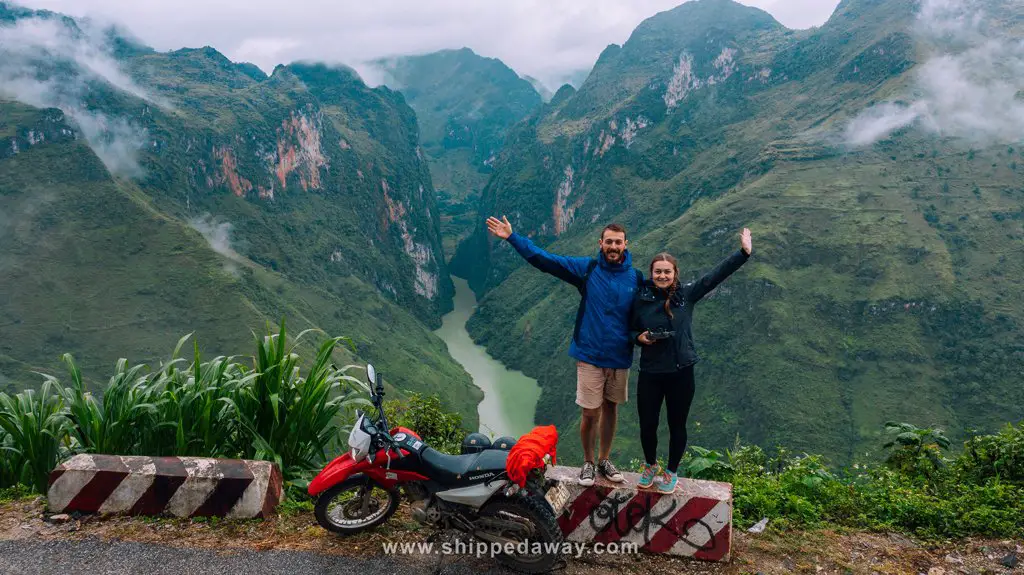
Top tools and apps to use for trip planning
Starting off, we’d like to give you a list of tools and apps you can use to plan a memorable vacation or a trip to tick off a new bucket list destination.
These are the best travel planning websites and apps that will help you whether you’re looking for the best deals or want to customize your itinerary in your own way.
Recommended tools and apps:
- Google My Maps (create your map with pins for things you want to visit)
- Wanderlog (flexible travel planner with maps, lists, and documents)
- TripAdvisor (check reviews of restaurants, hotels, and attractions)
- Google Flights (research flight deals, get price alerts)
- Kiwi (research flight deals, get price alerts)
- ViaMichelin (great for planning long drives – predict costs for tolls, fuel, and more)
- Rome2rio (find the best way to get from A to B to C)
Step-by-step Guide to an excellent travel plan
1. Researching your destination
Researching your destination is the first and most important part of the process, as it will help you find the best places to eat and stay and what is fun and exciting to do in the area you’re visiting.
From reading reviews to asking locals for advice, there are many ways to research a destination before you arrive.
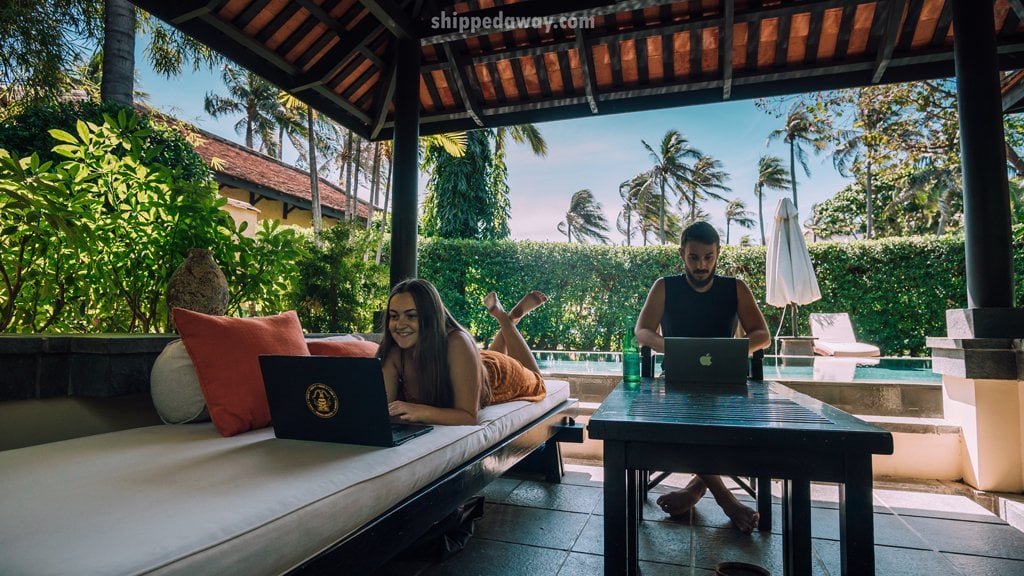
In the following steps, we’ll explore some of the best strategies for researching your destination so that you can make informed decisions.
1.1. Research needed documents and get a visa if needed
First things first, before even planning anything, you need to check out all the required documents before your travel, like visa and needed vaccinations.
This is the first step because if you don’t get a visa for whatever reason, all your time spent on planning will be wasted.
You likely already had all your required vaccinations. Still, it’s always worth double-checking for your safety and because some countries require proof of certain vaccinations on entry.
1.2. Figuring out what the best time to visit is
Before we go on finding things to do, you first need to decide when you are visiting the destination you have in mind, depending on the time you are free or the season you wish to experience.
For example, if you want to experience the green rice fields in north Vietnam, you might not want to visit in December, as none will be left since the harvest in October, and they won’t be back for a good few months.
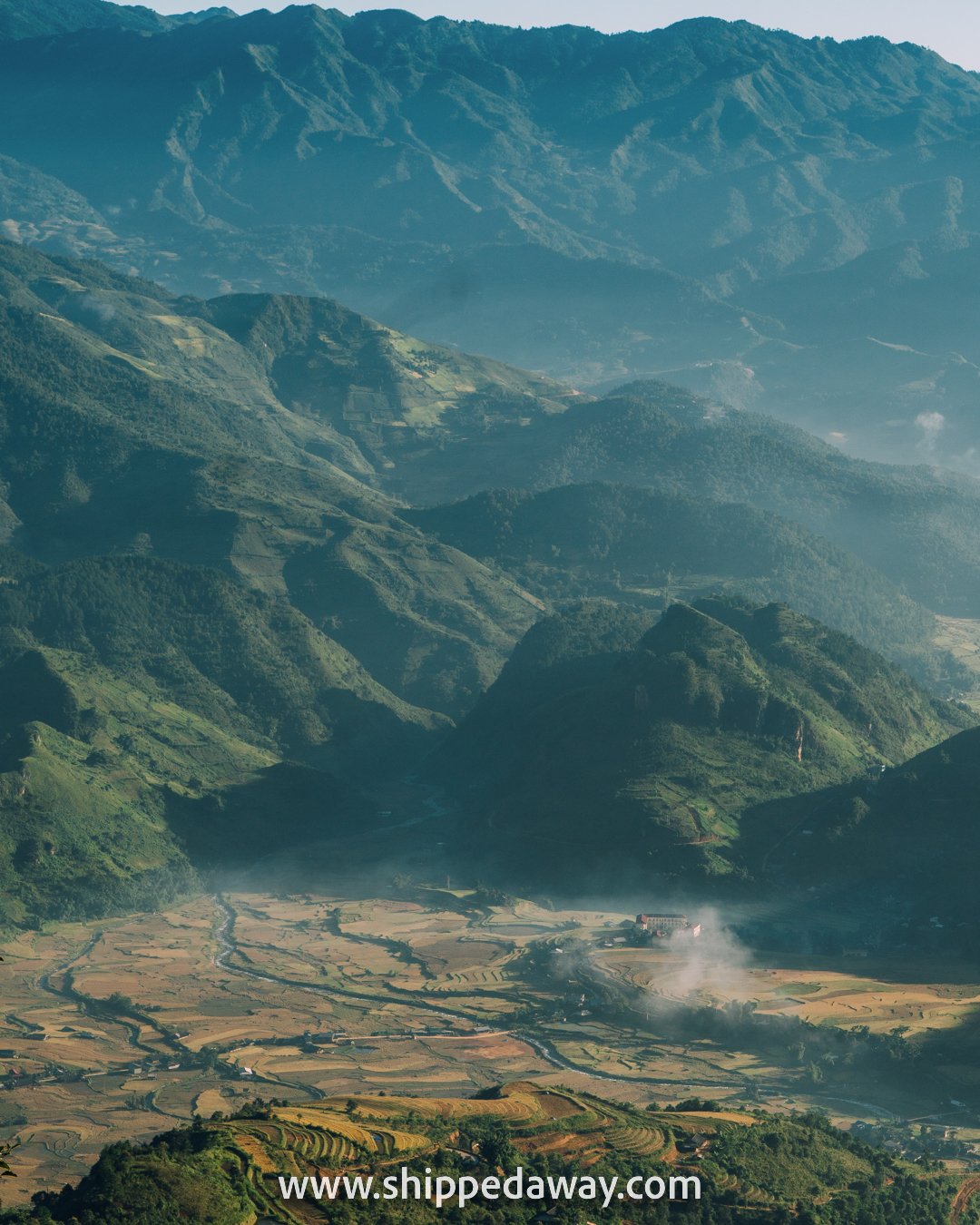

And if you want to save some money, then going somewhere in the shoulder season is the best way, as prices of accommodation, as well as activities, will drop.
For example, the price of a Cappadocia Hot Air Balloon Ride can be considerably lower in the winter compared to the high season in spring and summer.
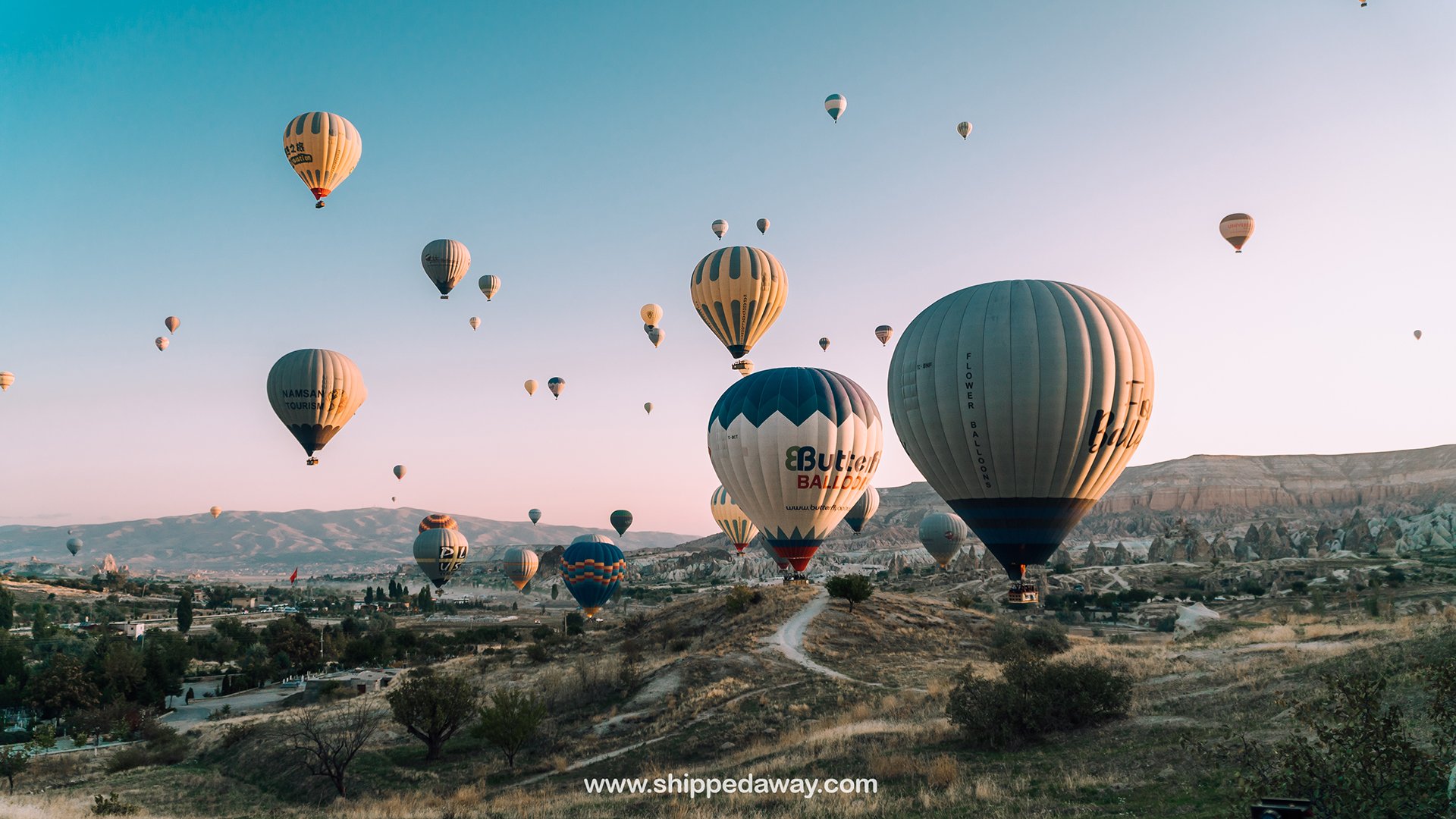
1.3. Finding the top things to do, see and eat
There are countless blogs and review sites offering top things to do lists on any world destination, and finding the top things to do for YOU can be complicated when you get 50 things thrown at you.
How we go about this is that we compile a BIG list of all the “top” things to see somewhere, and then we sift through them and filter them out depending on what we like or don’t like.
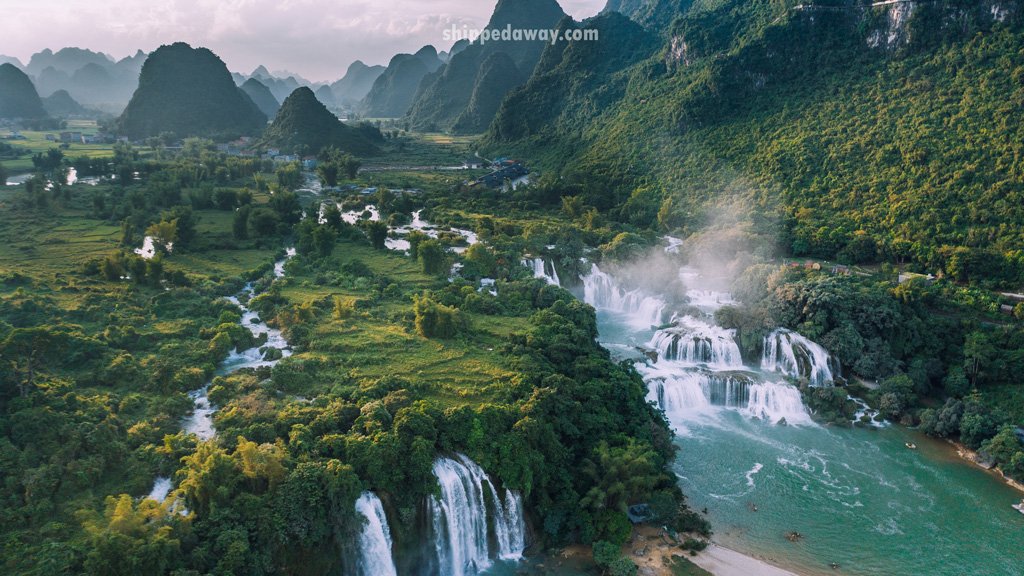
We’ve learned so far that if we want to truly know what a destination has to offer, we must use all the possible resources. This means we read other blogs, check social media, and review sites.
And what we’ve started doing recently (in the past year) is searching for things to do in a destination on tour and activity booking sites like Viator, GetYourGuide, and Klook. That way, we have found things we had no idea even existed, as we haven’t seen them anywhere, not on blogs or social media.
For example, while writing our Istanbul Travel Guide, we found that you will soon be able to take a helicopter flight above Istanbul.
Best websites to find top things to do:
- TripAdvisor (things to do, best restaurants, and more)
- Viator (tours and activities)
- GetYourGuide (tours and activities)
- Klook (tours and activities + tickets)
1.4. Finding the best area and place to stay
When visiting any city, especially the bigger ones like Istanbul or Ho Chi Minh City, it’s crucial to choose where it makes sense to stay.
So, choose an area that is well connected to the places you will be visiting by public transport (if possible).
It’s straightforward to see where most hotels are in a city, and you can find that by searching for hotels on either Google Maps or opening the Map Search on either Booking.com or Agoda. And compare that to the map of the things you want to see.
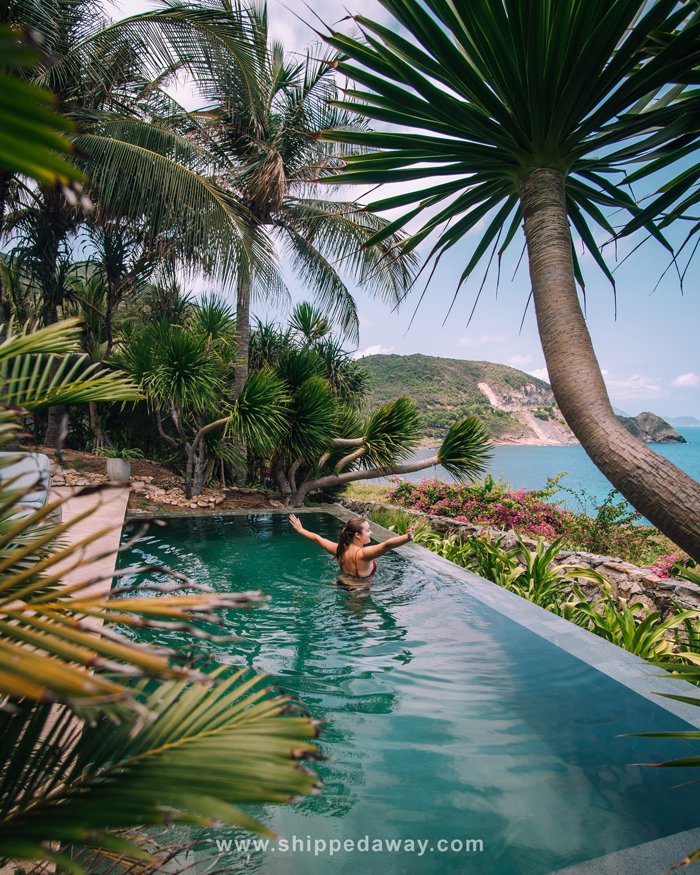
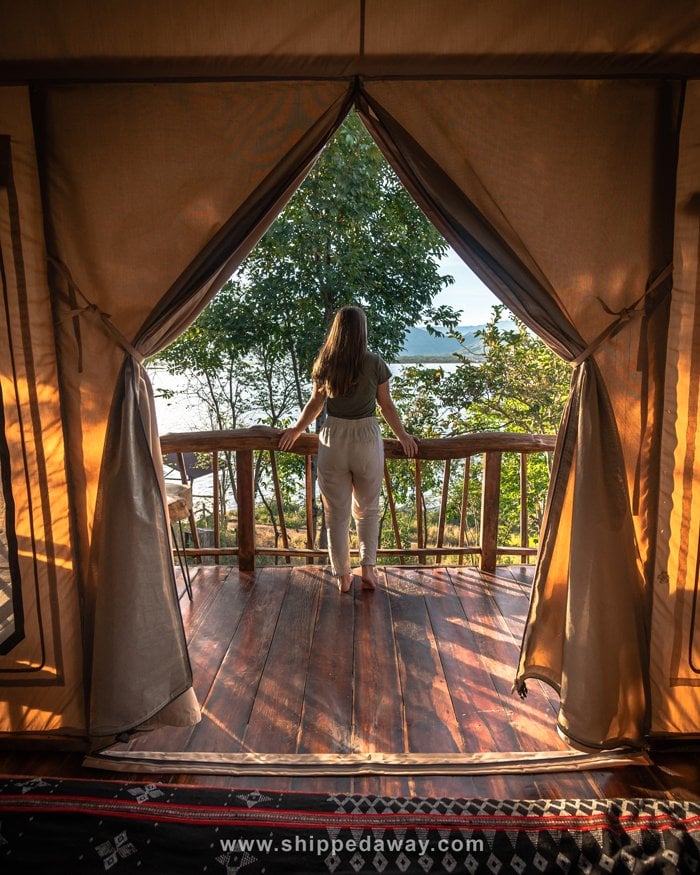
1.5. Finding the best way to get there
So once you’ve covered what you want to experience on your trip, it’s time to find how to get there in the least time possible and likely the cheapest possible.
Flights
For finding the cheapest flights, we highly recommend using Kiwi, which we’ve used for quite some time.
It’s a very flexible tool, as you can choose the range of departure and return dates of your travel, as well as multiple departure and arrival points. And you can filter out many things like avoiding stopovers in some countries and the airlines.
You can do the same thing on Google Flights, which has the bonus of a proper price graph and tracking system with price alerts, much like Kiwi.
This means that if you know you want to fly out somewhere the next month, you could set up a price alert for the route you’re planning to take and then get notified when the price is the lowest.
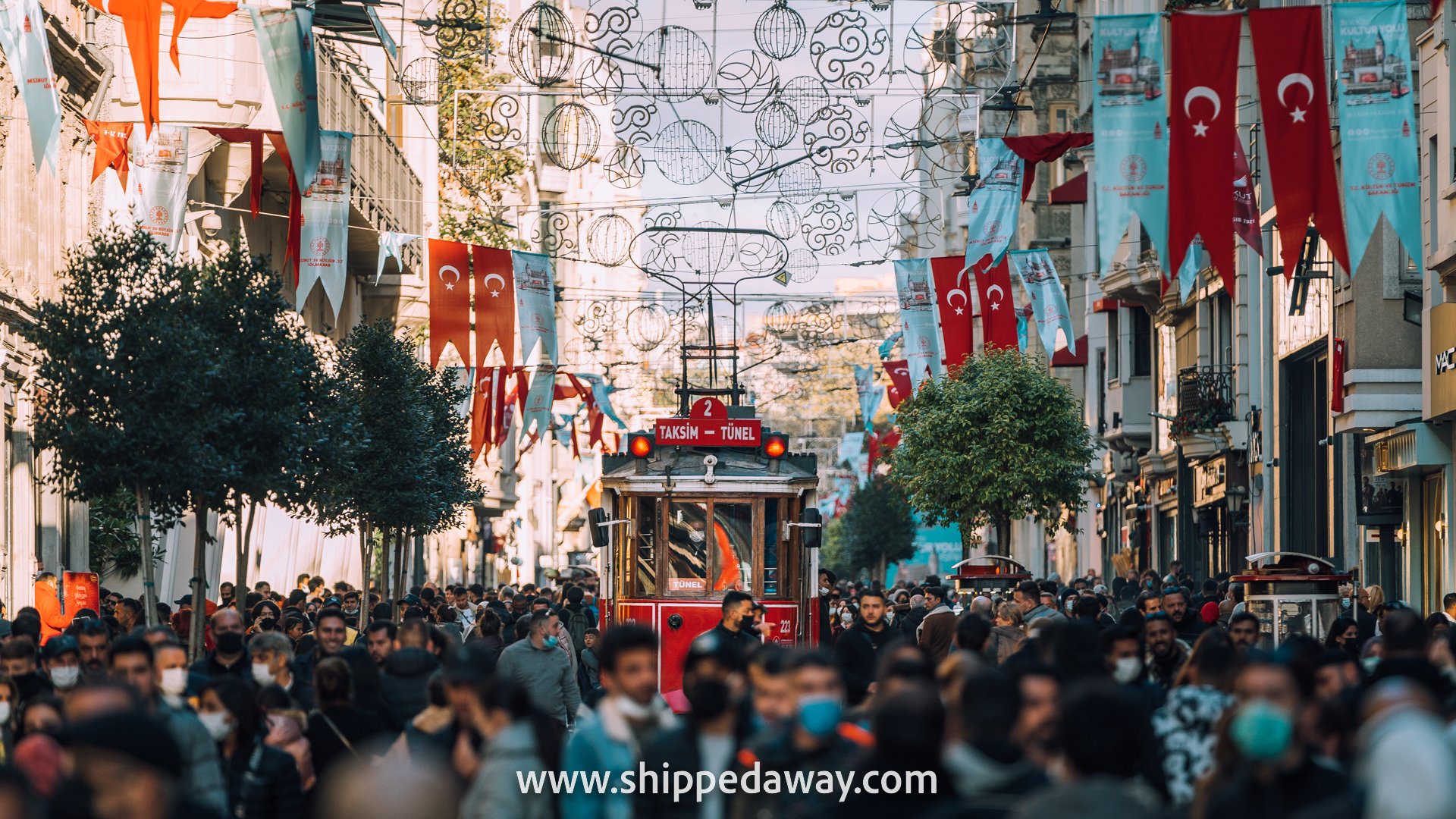
Buses, trains, boats, and self-transportation
For transportation other than flights, we highly recommend online booking platforms like Rome2rio and Omio, where you can find the best way to get from A to B.
For self-transportation with a car, we love using ViaMichelin. You can input your planned route and get the duration and approximate cost of the total trip for things like tolls and fuel spent, depending on your vehicle.
For booking buses, trains, boat trips, and cars, we recommend:
- 12Go (our favorite – started in Asia but is now spreading across Europe fast)
- Omio (global transportation booking platform)
- DiscoverCars (best car rental finding site)
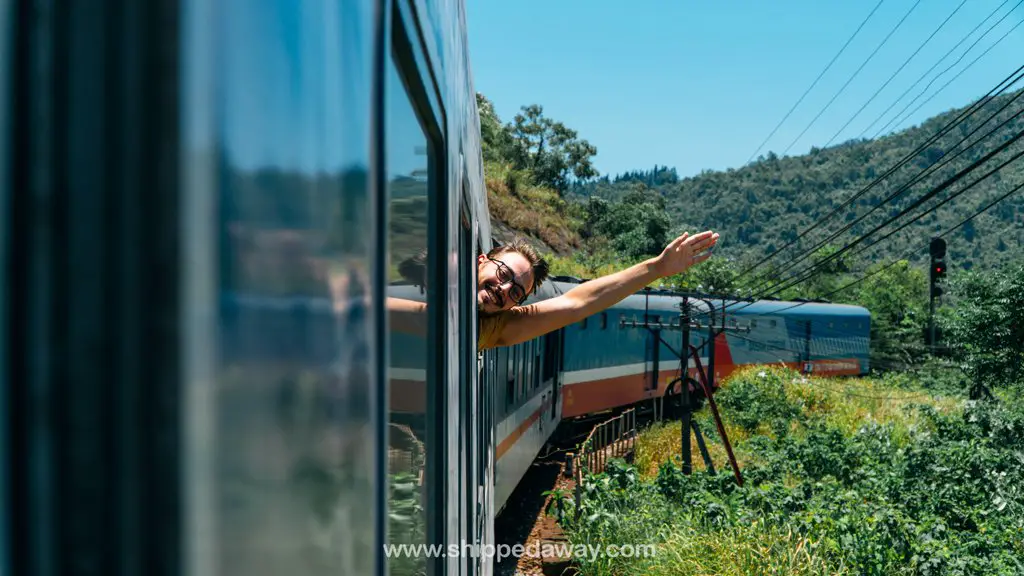
1.6. Make a note of important numbers and download offline maps
Something that most people forget, but is crucial to do before heading out to a new location, especially a new country, is to memorize the emergency numbers of police, firefighters, and similar.
There’s a convenient list of emergency numbers that you can find on Wikipedia: List of emergency telephone numbers.
And a great thing to avoid spending too much data when finding your way around is downloading offline maps on Google Maps for that area before your arrival.
2. Creating your itinerary
Creating an itinerary that fits your wishes and trip duration can be frightening.
With so many options and possibilities, it can take time to decide what to do and where to go.
But hopefully, in one of the previous steps, you’ve filtered out the extensive list with your criteria, and now you’re left with the top things YOU want to see and experience.
And since we’re in the digital era, it’s time to create your itinerary on one of the travel planning apps/websites.
This is not going to make only your trip planning a breeze, but also, when you’re on the trip, it’s going to be easy to return to that plan, and see what’s next or how to get somewhere, etc.
Our recommended travel planners are Wanderlog and TripIt.
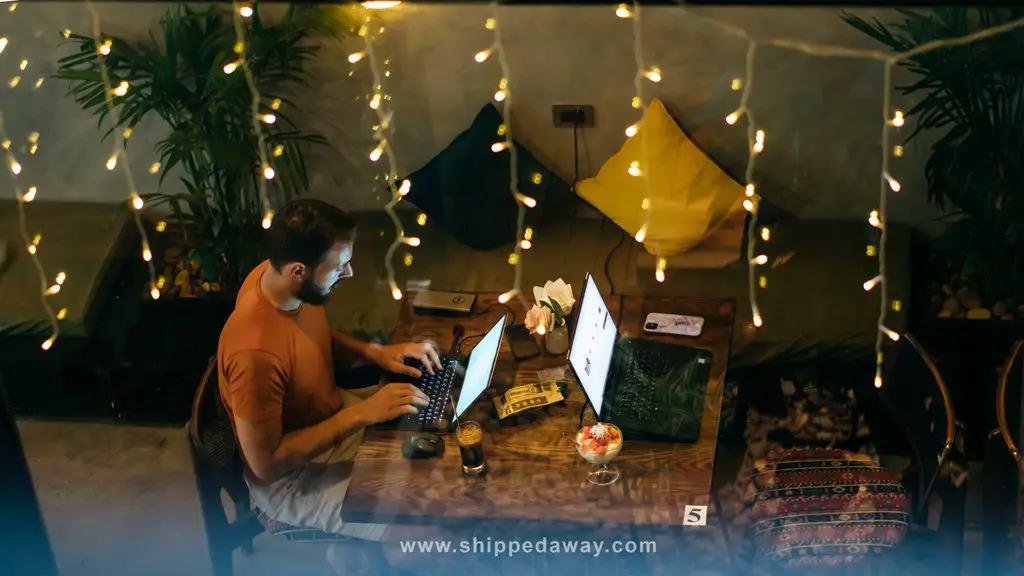
3. Book everything you need in advance
While you can wing many things and go with the flow, some things are best booked in advance, especially if you’re traveling in the high season.
So decide on the things you absolutely don’t want to miss out on, like a special place where tickets are limited or where slots get filled fast and book it in advance.
And while you’re at it, make sure to get yourself insured for your trip’s duration so you don’t have to pay enormous amounts of money in case something happens.
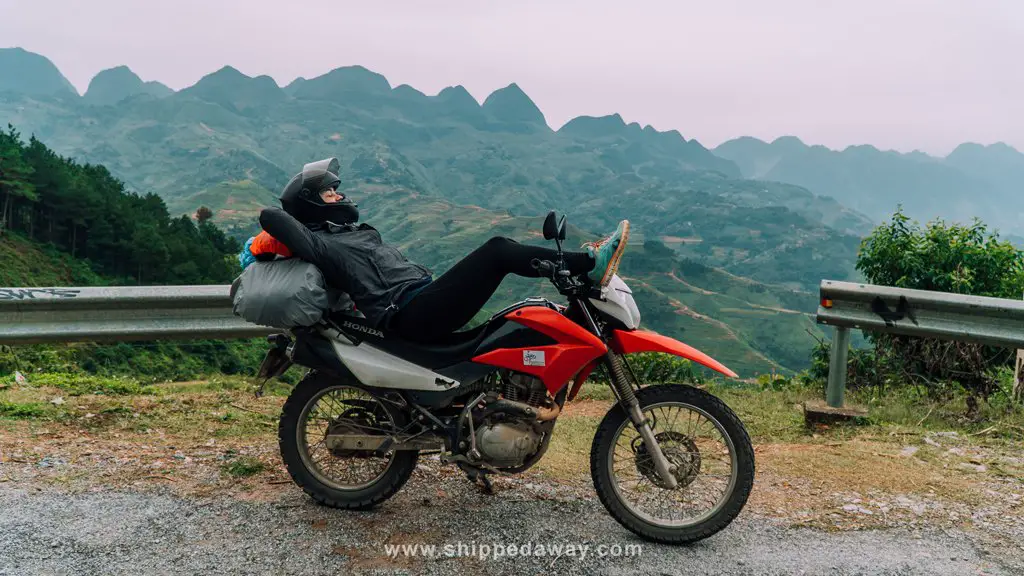
We’ve been insured with SafetyWing for the last few years, and we can highly recommend them, especially for longer trips, as you can easily sign up and then keep extending as needed.
And another great perk of SafetyWing is that you can buy their insurance while already on the trip. And as long as you’re traveling in one of the covered countries (185 of them), you don’t need to inform them where you’re traveling next. As we jump between countries constantly, it’s perfect for us.
4. Packing for your trip
And if there’s one thing we can’t stress enough, it’s that you need to pack smart and light and only take what you know you will need.
We’ve been through all the stages of bringing too much stuff to bringing too little, and we do admit it’s hard to find the right balance.
But just be sensible, since if you’re going away for a week, you probably don’t need five pairs of shoes and more than 2-3 pairs of pants and similar.

A great way to pack lighter is to buy a piece of light merino clothing like Unbound Merino that hardly gets smelly and will last you for days without washing. (use code SHIPPEDAWAY for 10% off)
And remember that you can find laundry places and laundromats everywhere, so if you pack less and wash more frequently, you can save a bunch of money that way as well.
Good luck with this step!
Conclusion
Hopefully, we have helped you plan a trip more efficiently and stress-free.
Happy travels!
Got any questions or a tip/trick up your sleeve?
Leave us a comment below! We’d love to hear it.


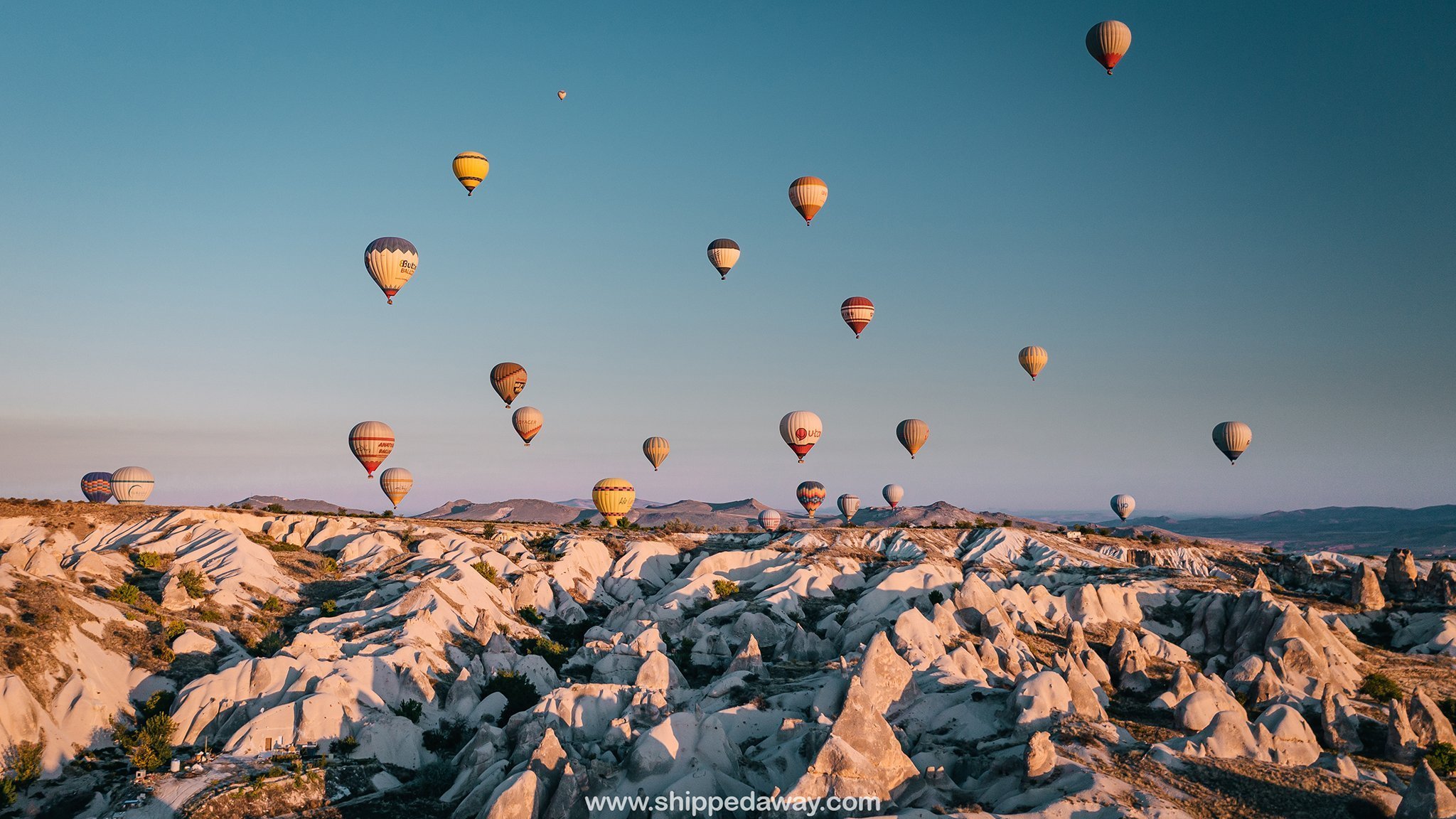

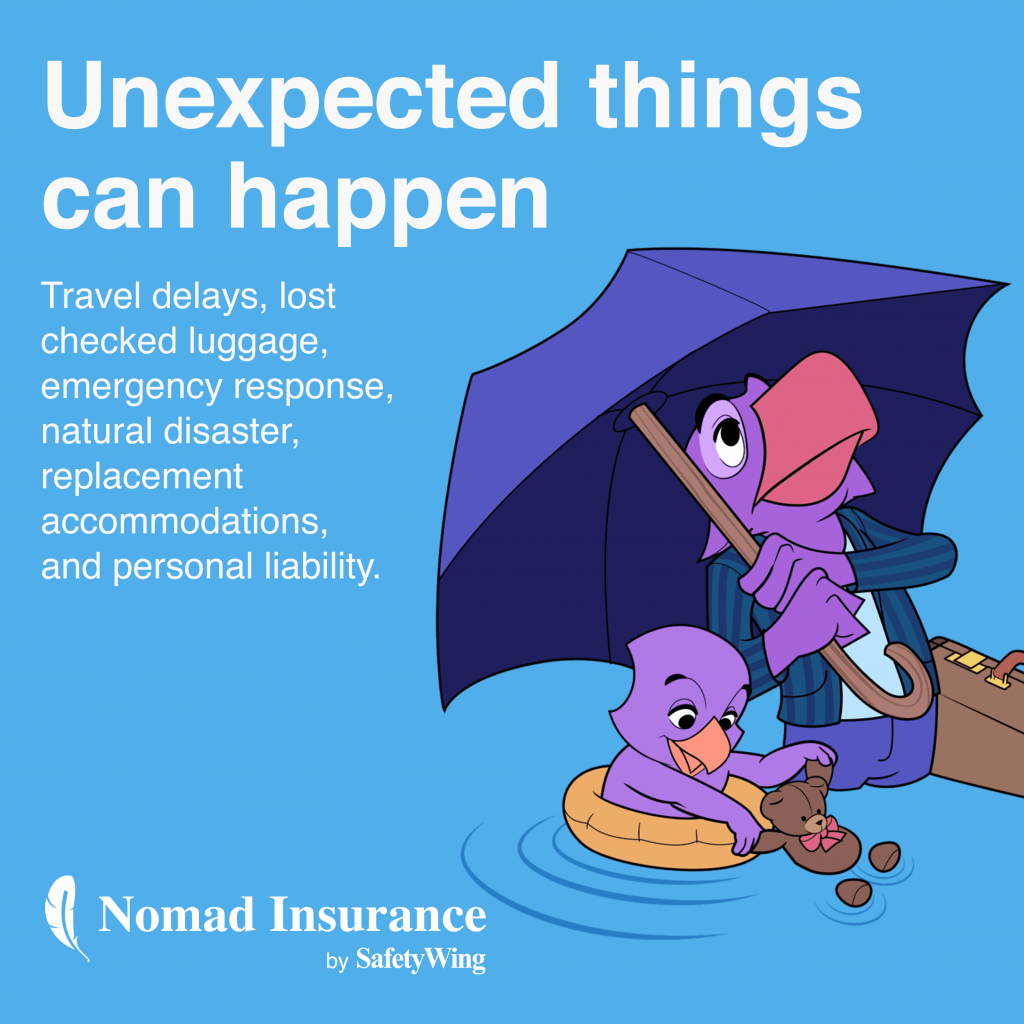




2 Responses
Well done. A super comprehensive guide with everything in one place.
A couple of things I always do when researching for my trip:
– post a query on Tripadvisor forums specific to the place I’m visiting asking for advice/comments. Don’t waste people’s time by being too general, suggest what you’re thinking of doing and ask for pros and cons, extra things nearby, etc. Also, ask about transit times and tips.
– I search for “24/48/72 hours or 1/2/3 days in” wherever I’m visiting. I often get very good-timed itineraries for areas that allow me to make best use of limited time. I also always search for “quirky things to see/do in…”. Often gets off the beaten track ideas.
Hi Tony, that’s really good advice!